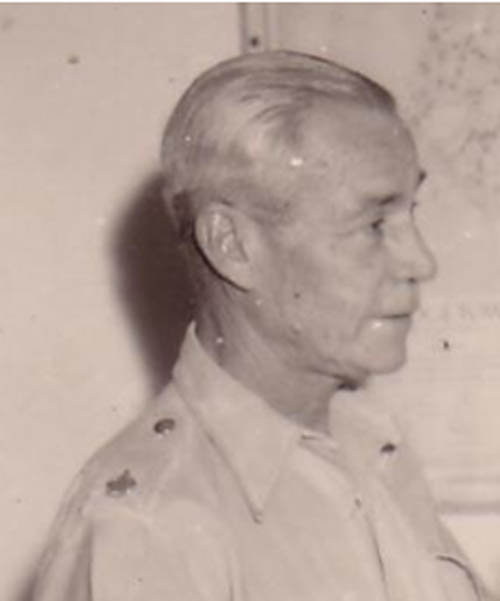Every so often we come upon a unique artifact from […]
Continue readingCategory: People
Chapter Four – Arthur Reynold “Kelly” Foster (1890 – 1965)
Arthur Reynold “Kelly” Foster (1890 – 1965) My grandfather was […]
Continue readingBenjamin Gittens, Esquire (1730-1790)
The vast majority of our Barbados Gittens ancestors have very […]
Continue readingSecond Time Lucky!
Amazingly the family of Barbara Ellen Clincket (Leach) Mair continues […]
Continue readingEdwin “Teddy” Johnson Gittens
A Sketch of the Life ofEdwin “Teddy” Johnson Gittens (1887-1921) […]
Continue readingGordon Paul Johnson
Gordon “Paul” Johnson (1923-2010) Paul was my father-in-law who had […]
Continue readingKatherine Johnson
Introduction The Thunder Bay, Ontario area has been described as […]
Continue readingIvan Clement Gittens
A Life Sketch of Ivan Clement Gittens (1916-1980) Ivan […]
Continue readingBook chronicling the Haynes family
I learned that there is a new book to be […]
Continue readingUnknown little girl
Can you identify this young girl? This picture was found […]
Continue reading








